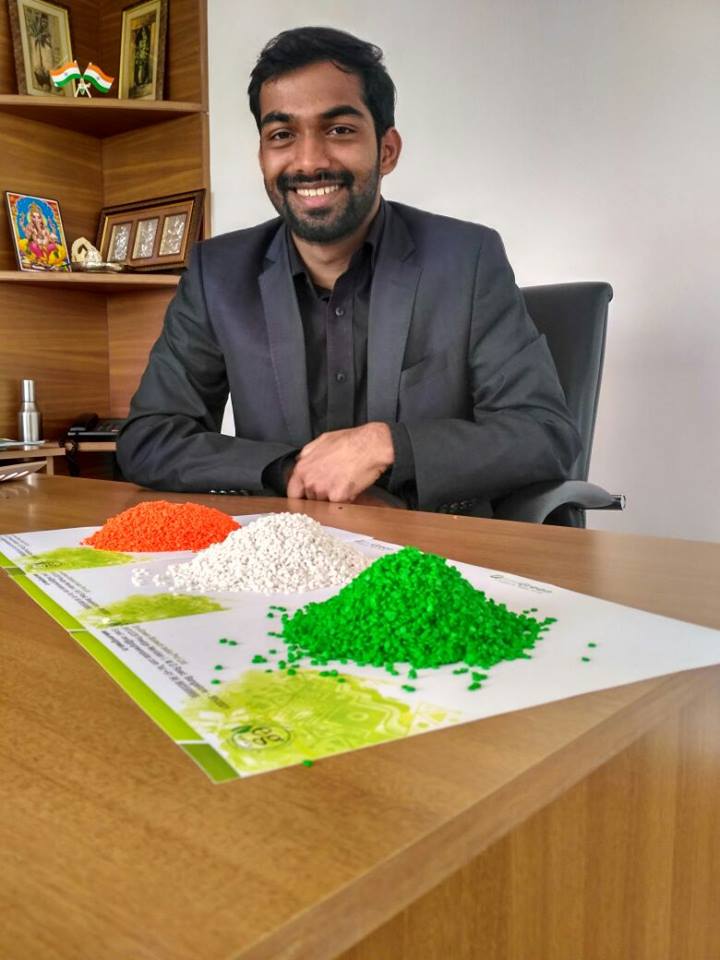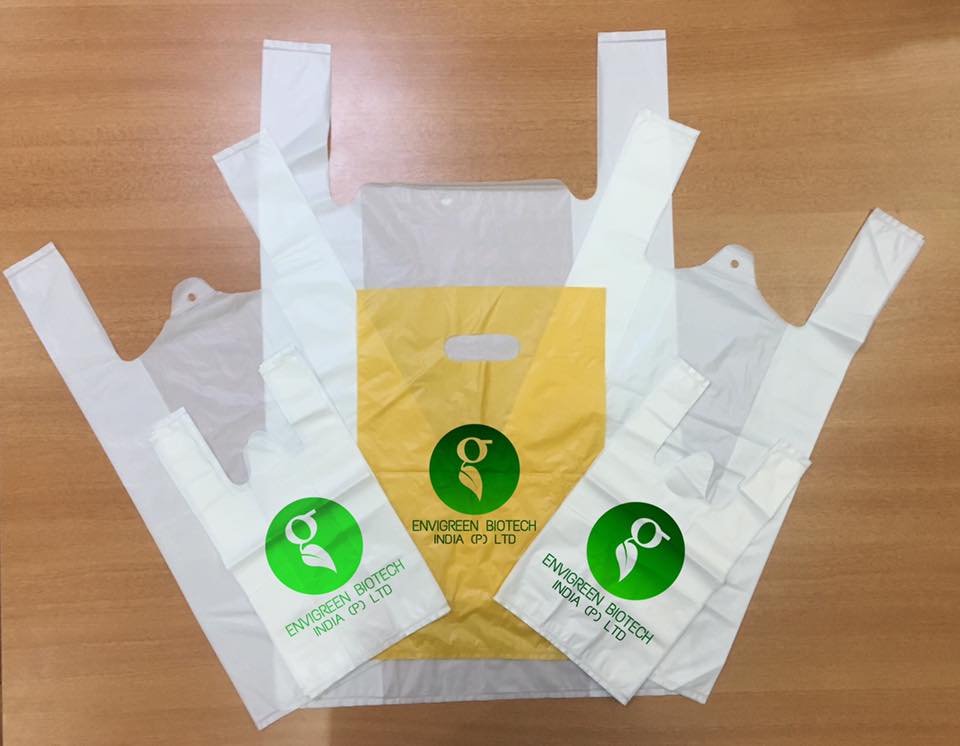What the heck do you do with all the plastic shopping bags after you get your groceries home?
I save mine in an empty tissue box and use them for trash bags in our smaller cans. I did try to make a hammock out of them once, but then I realized about halfway through that I didn’t have a place to hang a hammock…
Maybe I should have tried eating them instead?

Photo Credit: did you know?
OK. So they’re not really for us humans to eat. But animals who might choke, suffocate, or otherwise have a hard time dealing with plastic bags can go ahead and eat these if they please.
25-year-old Ashwath Hegde is the mastermind behind the edible shopping bag, and it all started in 2012 after cities in India began banning plastic bags.

Photo Credit: EnviGreen
Hegde told The Better India why he developed the edible bag:
The Mangalore City Corporation implemented a ban on the manufacture, sale, and distribution of plastic bags in the year 2012.
But the decision was taken without preparations for alternatives. People were concerned about how they would carry products from the market now. Everyone cannot afford a bag worth Rs. 5 or Rs. 15 to carry a kilogram of sugar.
I decided to come up with alternatives after hearing about these problems in my hometown.
It took about four years to come up with a formula that could biodegrade in 180 days, or one day if submerged in water. Add on the extra caveat that all of the materials have to be non-toxic, and the task was even more Herculean.
But Hegde did it.

Photo Credit: EnviGreen
Ashwath’s EnviGreen bags are made with a total of 12 ingredients, including potato, tapioca, corn, natural starch, vegetable oil, banana, and flower oil. The other five are trade secrets, but rest assured – they aren’t chemicals. According to Ashwath:
We don’t use any chemicals at all. Even the paint used for printing on the bags is natural and organic.
While EnviGreen bags cost about 35% more than the traditional, planet-strangling plastic bags, they also cost about 500% less than cloth bags.
You can even put a hot iron on the bag, and it won’t melt. No chemicals also means no fumes, should your bag find its way into an incinerator or a camp fire.
The bags started rolling off of the assembly line in February 2017, and with cities all over the globe looking for alternative options or banning plastic bags outright, there should be no shortage of need for Hegde’s product.
It looks like Ashwath Hegde and EnviGreen have a hot commodity on their hands.

Photo Credit: EnviGreen
Are you a fan of our Fact Snacks?
Well, we’ve got a whole book full of them:

Photo Credit: Amazon
Hundreds of your favorite did you know? Fact Snacks like the Lincoln tidbit above, the correct term for more than one octopus, and so much more!
Available at Amazon in Paperback and on Kindle.
Want more did you know? articles? Check these out:
https://didyouknowfacts.com/hazard-magic-russia-glass-beach/
128 Better Options for the Word “Very” That We Should Start Using Today






